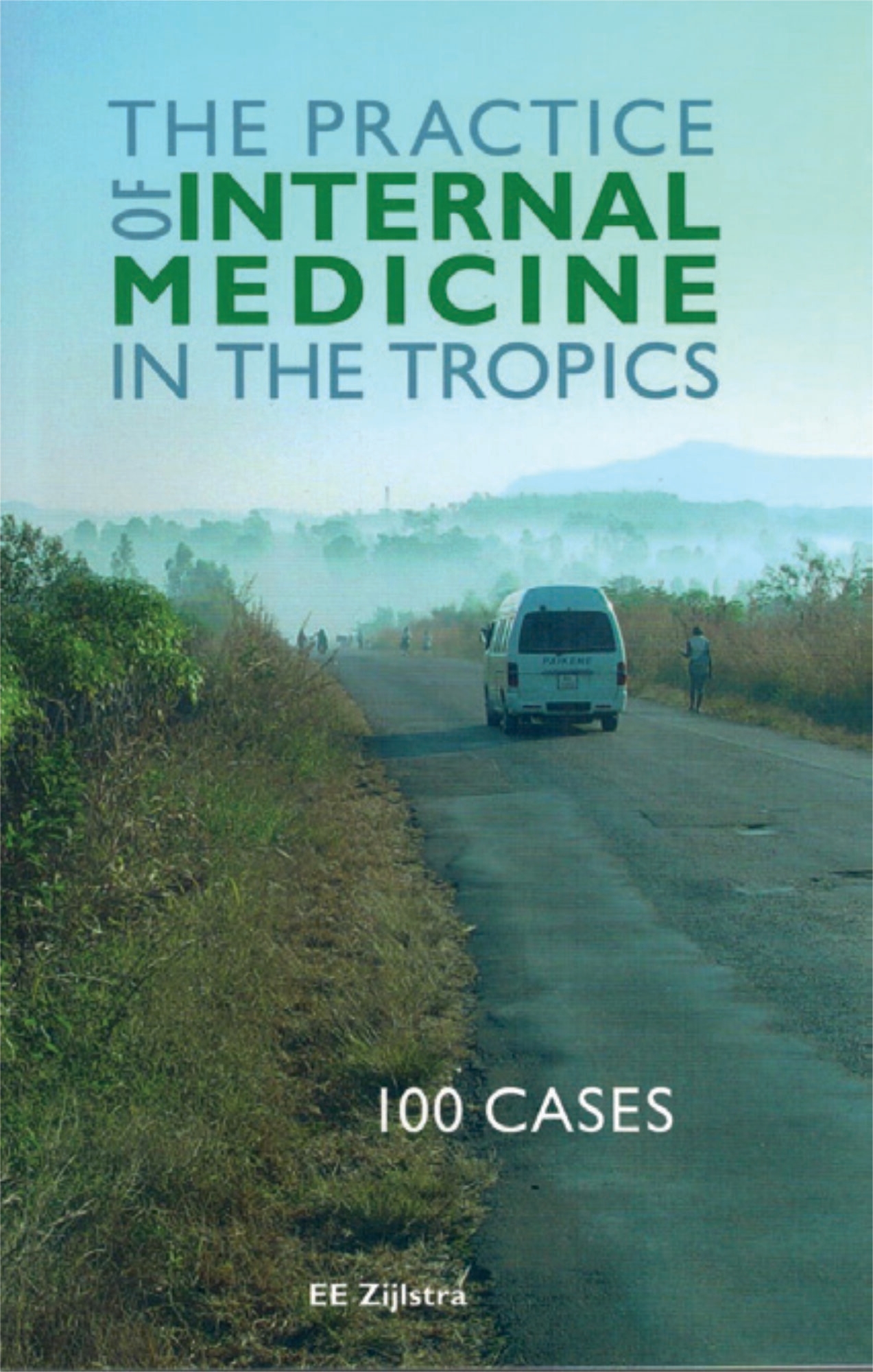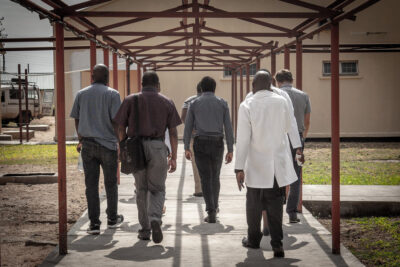Main content
In a time when the world is changing rapidly, we have to say goodbye to a doctor who has dedicated much of his life to working for the good cause. Eduard Evert ‘Ed’ Zijlstra has officially retired as an editor of Medicus Tropicus bulletin (MTb). For thirteen consecutive years, Ed was a valuable and most certainly an indispensable contributor to the Editorial Board, in particular in upholding the quality standards of clinical contributions – articles, medical research, case reports – to the Journal. But who is Ed Zijlstra really? What else did he do besides MTb?
As a student attending his lectures during the Netherlands Course on Global Health and Tropical Medicine in 2014, one could hardly imagine what he did during his career. “An icon within the field of tropical infectious diseases”, according to Martin Grobusch, Professor of Tropical Medicine at the Amsterdam University Medical Center. So perhaps it’s time to dive into the past of E.E. Zijlstra.
The best description of Ed would be a ‘tropical internist’, a medical specialisation not described in any curriculum. Ed, born in The Hague, studied in Rotterdam and started his specialisation in internal medicine at the former “Dijkzigt” hospital (now: Erasmus Medical Center). He was lucky, as back in those days it was already difficult to secure a training position. After spending time in Suriname (senior clerkship ObGyn) and Curaçao (military service), he decided to pursue a career in clinical tropical medicine. The MSc in Clinical Tropical Medicine in London marked the starting point of a lifelong dedication to those affected by diseases in tropical areas. To avoid just going on and on, we will divide his impressive career into three decades here by choosing a few highlights, each from a different decade: Sudan, Malawi, and the Drugs for Neglected Diseases initiative (DNDi).
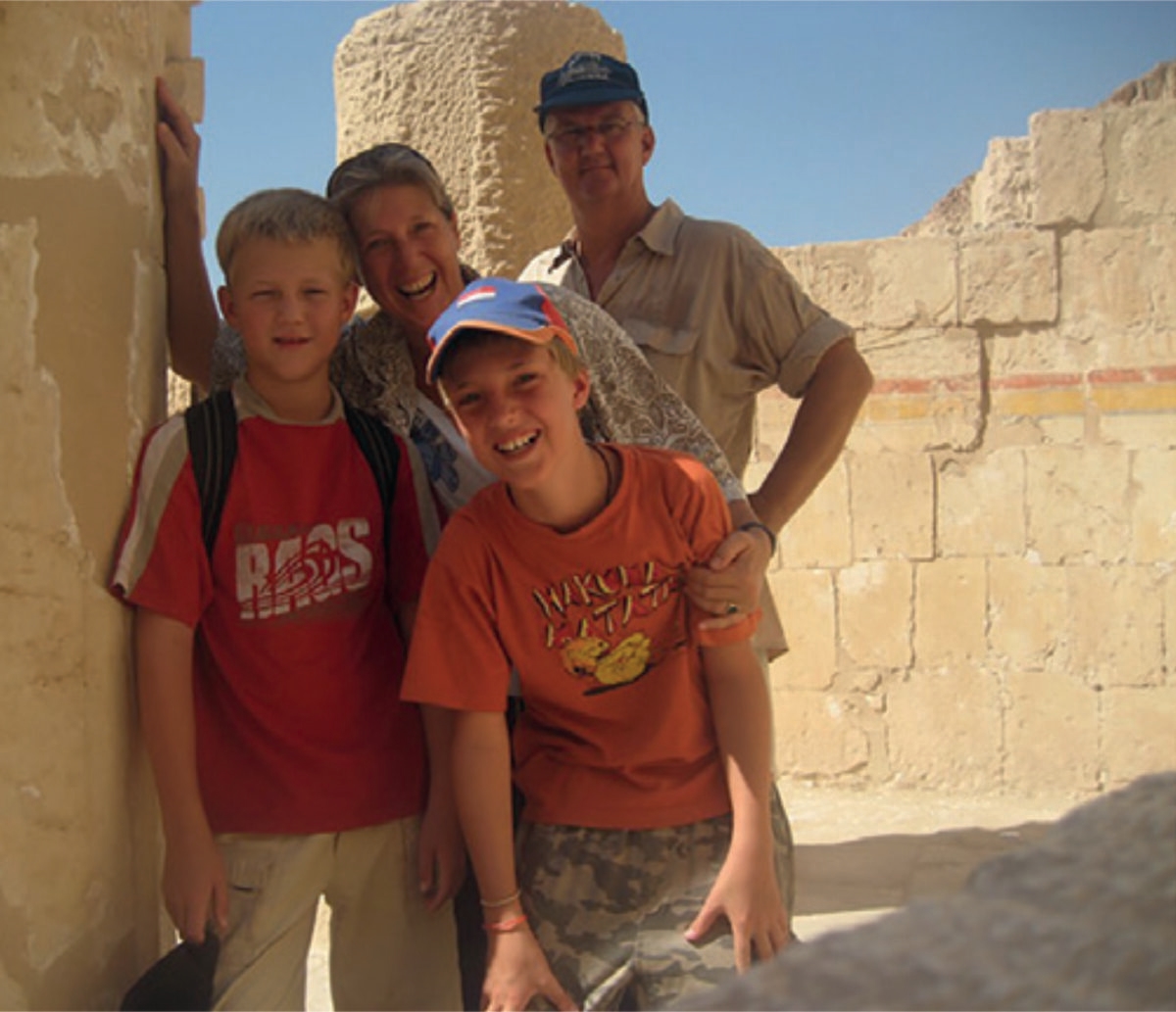
In 1989, he and his wife Helma started working in Sudan with Médecins Sans Frontières (MSF) during the Kala-azar epidemic, and became engaged in research with the Leishmania Research Group of the University of Khartoum. In 1995 he defended his PhD thesis “Kala-azar in the Sudan: Epidemiological and Clinical studies” at the University of Amsterdam.
The second decade started in 1999 in Malawi, the country that has a very special place in the heart of the entire Zijlstra family. Ed ran into an interesting vacancy in Malawi and convinced his wife Helma to come along with him to work on her specialisation, burn wounds. The deal was to go to Malawi, together with their two-year-old twins, for three years; it turned out to be ten years in the end. In a programme supported by the Dutch Ministry of Foreign Affairs, Ed became the Head of the Department of Medicine at the still young College of Medicine (established in 1991, and affiliated with the Queen Elizabeth Hospital, also in Blantyre). After a few years, in 2004, he was promoted to Professor of Medicine.
This was the time that the HIV epidemic was at its peak, with more than 70% of the inpatients being HIV positive, without access to ARVs, in a context where the authorities widely denied the existence of the virus. Besides teaching and doing research at what is now called the Kamuzu University of Health Sciences (KUHeS) (with a postgraduate programme that started in 2005), Ed invested a great amount of time in the improvement of the curriculum for the medical training programme. Over the years and to date, as Ed is still affiliated with the University as Professor of Medicine, he has taught many generations of medical students, with some of them now working as senior medical specialists, and others becoming professors or heads of departments themselves. All of this reflects Ed’s continued dedication, which also makes him proud of their accomplishments in their personal careers. The journey back from Malawi to the Netherlands – by car, some 20,000 km in 3.5 months – was an unforgettable trip. Hard to repeat that now. (Figure 1)
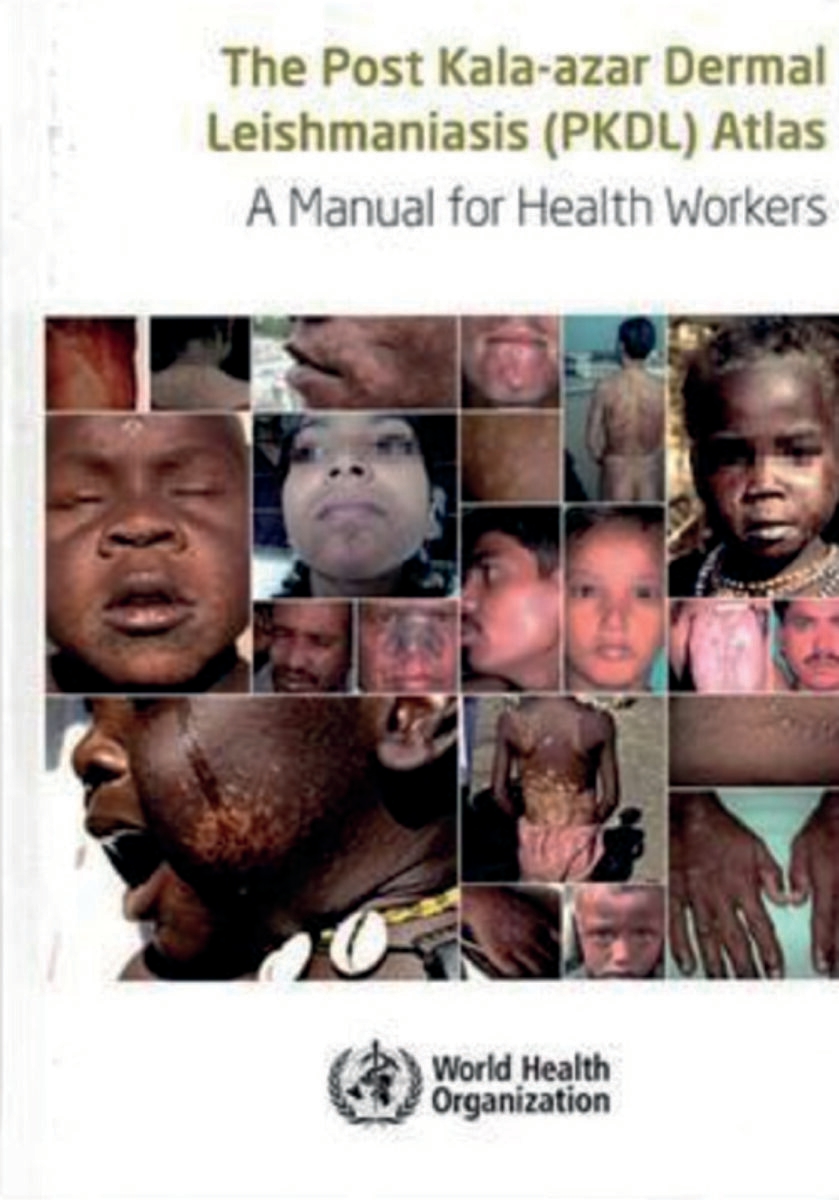
His ambition to work in the field of tropical medicine continued in the third decade, during which he picked up his interest in Leishmaniasis, in particular Post-Kala-azar Dermal Leishmaniasis (PKDL): a skin condition that can arise after treatment of Kala-azar. (Figure 2) His interest in Leishmaniasis and in mycetoma was deepened through his work with the DNDi: the Drugs for Neglected Diseases initiative, a non-profit research organisation founded by 5 partners (from government and research) with support of the World Health Organisation (WHO). [1] His work for DNDi was spread out over more than 13 years, from 2011 to 2024, a period in which a number of great advances were made in this particular clinical field, including WHO’s official registration of mycetoma as a neglected tropical disease (NTD). Mycetoma, a devastating, slow growing infection (caused by fungi or bacteria) that destroys skin, muscle, and bone, can cause severe disabilities and stigma. It is one of the world’s most neglected diseases. Adding the disease to the list of NTDs means raising awareness (also among donors) and encouraging the development of new treatments. In this period, Ed also became Head of the Mycetoma programme and coordinated the first ever randomised clinical trial in mycetoma. It is also during this decade that Ed started contributing to MTb.
Ed is a prolific writer and author of more than 160 publications and three books. In the book The Practice of Internal Medicine in the Tropics, he presents 100 cases collected in Malawi that represent the entire spectrum of Tropical Medicine in LMICs. (Figure 3) It is a rolodex of pathology in the tropics, fully supported by a database of illustrative photos of extensive skin lesions and chest X-rays. Cases range from severe thrombopenia caused by an autoimmune reaction in HIV, to a massive abdominal ascites due to tuberculosis. There is truly no pathology that Ed has not seen. Ed has now retired from MTb, but he has not retired altogether. He continues teaching in the Netherlands and abroad. He still supports KUHeS with teaching and research, works on projects with PUM ((Programme for Netherlands senior experts), does consultancies for WHO, and continues to write papers and books. In the time left, he focuses on other passions like reading classical Greek and Roman literature, classical music, and his old-timer (and younger) cars. And finally, just between us, in the meantime, Ed will continue to cheer for his favourite soccer team in the south of Rotterdam.
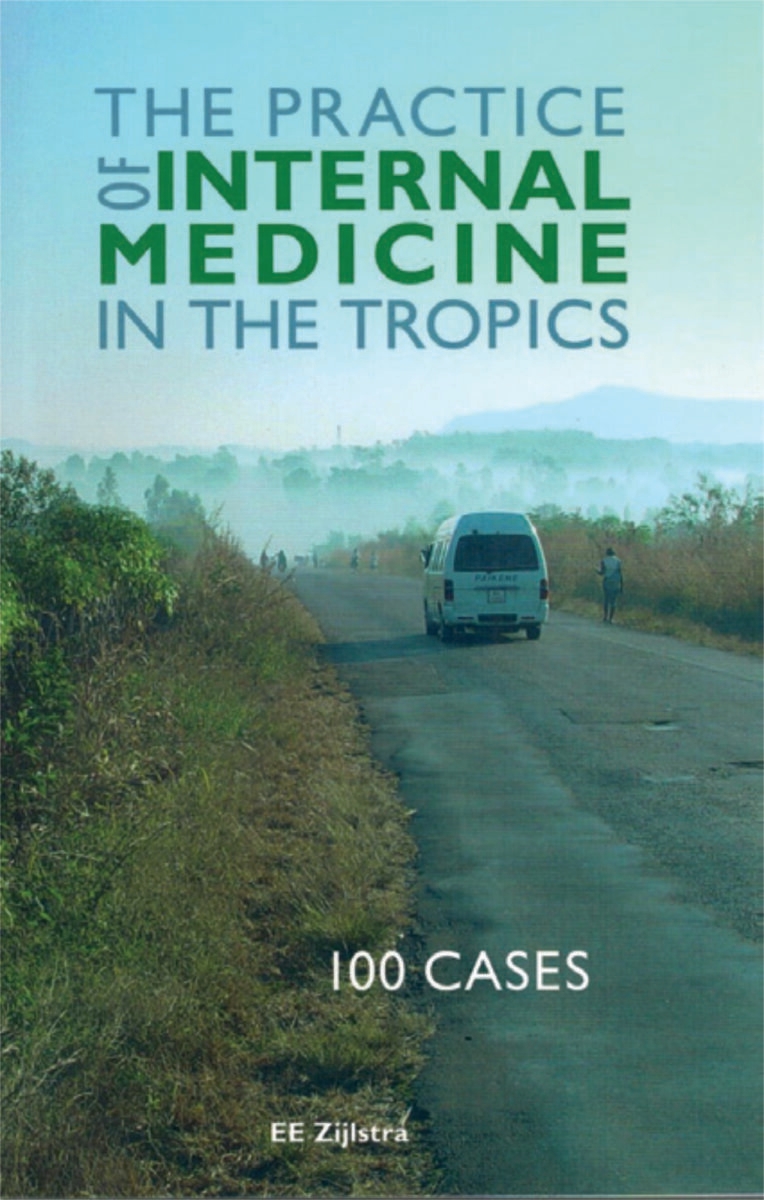
References
- The Oswaldo Cruz Foundation (Brazil), the India Council of Medical Research, the Kenyan Medical Research Institute (KEMRI), the Malaysian Ministry of Health, the Pasteur Institute (France) and the WHO Special Programme on Tropical Disease Research (WHO / TDR)
Further Reading
- Tiggelaar, I. G., Janszen, E. W. M., van Elteren, M., Flinkenflögel, M. M., Sherally, J., Hofland, H. W. C., van Loey, N. E. E., & Zijlstra, E. E. (2025). Dutch post-graduate training in Global Health and Tropical Medicine: A qualitative study on graduates’ perspectives. BMC Medical Education, 25, 663. https://doi.org/10.1186/s12909-025-07126-6
















































